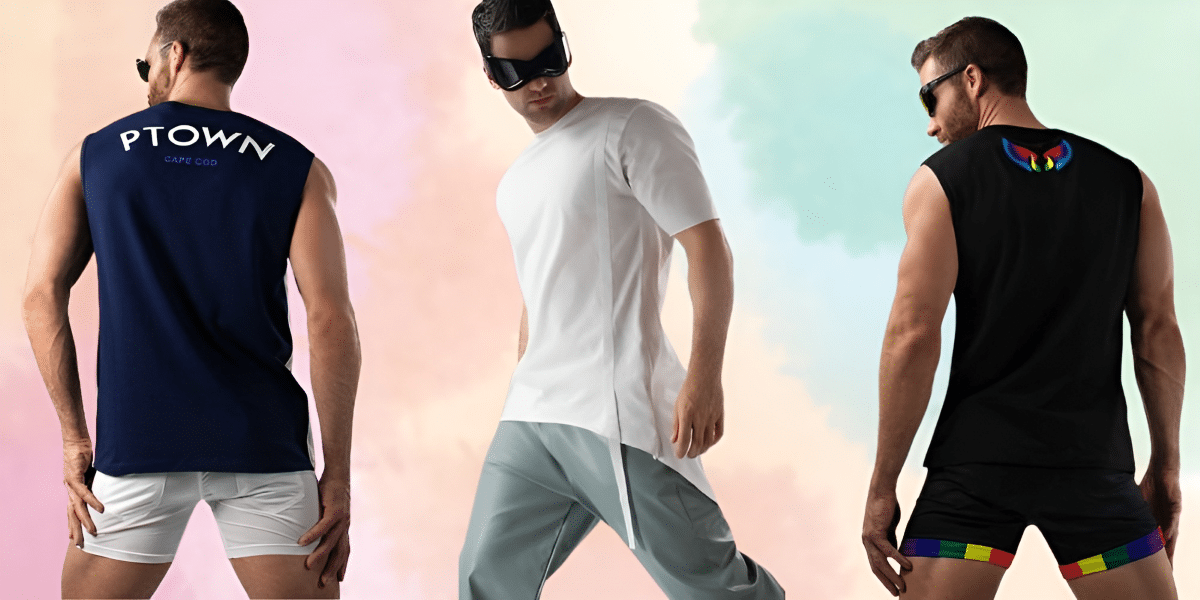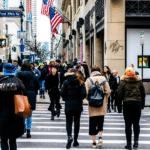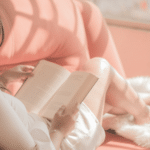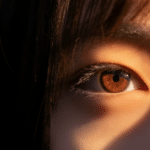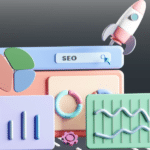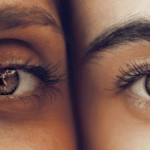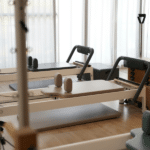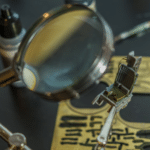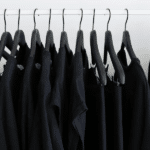Have you noticed that some fashion trends are only perceived as “outdated” because it’s proclaimed by someone else? Menswear fads tend to dip in and out of fashion as fast as the wind blows. However, that doesn’t mean you should stop wearing your favorite shirt or jeans because it’s not “in ” fashion. Thanks to the LGBTQ+ community, we’re constantly reminded that social stigmas shouldn’t dictate the way we dress, either. Instead, menswear should be a celebration of your own individuality, whether that be with gay outfits, crop tops, or wide-leg pants.
More importantly, queer influences have played a significant role in shaping men’s fashion trends over the decades. From the flamboyant styles of the 1970s to the gender-fluid looks of today, gay clothing trends are constantly challenging how we define masculine style. We’re already noticing Gen Z embracing more gender-fluid styles commonly found at gay fashion stores like Differio, such as the “femboys” on Tiktok rocking nail polish and pleated skirts. Today, there are even top gay clothing brands that are making their mark in the menswear space.
DECADES OF MENSWEAR: ERAS OF GAY FASHION INFLUENCES
In honor of queer culture’s rich history, we’ve examined the evolution of gay fashion trends and how gay clothes and queer icons have impacted men’s style choices throughout the decades.
1970s: A Decade of Liberation
With the emergence of gay rights movements, the 1970s was a period of liberation for the LGBTQ+ community, especially for gay clothing trends. It was one of the first decades where gay fashion icons could really shine and embrace the flashiest of outfits. Who could forget Elton John’s colorful sunglasses, or Freddie Mercury’s outrageous jackets? Menswear was an overload of bold colors, tight-fitting silhouettes, and extravagant accessories. Their fearless approach to fashion-challenged traditional norms and paved the way for a new era of self-expression.
1980s: The Rise of Androgyny
Do you remember 80s icons like Boy George and David Bowie? They’re still revered as gay apparel icons who bent all the rules of men’s fashion for the better. They donned male makeup and unconventional clothing choices without thinking twice. To some extent, androgyny was one of menswear’s defining moments of the eighties. Gay menswear designers like Gaultier began blurring the lines between masculine and feminine aesthetics. Their bold and boundary-pushing looks sparked a cultural shift in men’s fashion, inspiring individuals to embrace fluidity.
The 1990s: Minimalism Meets Rebellion
During the 1990s, there was a subtle shift towards minimalism in not only gay fashion but menswear as a whole. Although fashion designers were embracing simple styles like straight-leg jeans and button-down shirts, it was also the time when grunge fashion disrupted the clean-boy look. From Kurt Cobain to RuPaul, there was a wide range of menswear icons that brought edge and attitude to everyday streetwear. It was a time when preppy looks and rebellious outfits were the main outfits on the runway.
2000s: Embracing Diversity
In the 2000s, gay fashion became more diverse and inclusive, with designers like Karl Lagerfeld championing diversity on the runways. This was the era when Queer Eye for the Straight Guy debuted, which ultimately changed the landscape of men’s fashion for the better. Thanks to such pop culture references, there was a greater acceptance of non-conformity in men’s fashion. Finally, people weren’t afraid to shop at gay clothing stores or embrace their unique identities.
2010s: The Era of Digital Influencers
Where to begin with the gay influences of the 2010s? We just can’t get enough of queer celebrities like Billy Porter and Jaden Smith. There are even gender-fluid stars like Bad Bunny and Harry Styles that are inspiring a new wave of self-expression and male empowerment.
Social media has transformed the men’s fashion industry, giving rise to a new generation of digital influencers, style icons, and even gay stores. It became less about gay men’s clothing stereotypes and more about what you wanted to wear as an individual. Suddenly, there was a shift towards inclusivity and authenticity in men’s fashion that’s never been seen before.
Published by: Nelly Chavez



